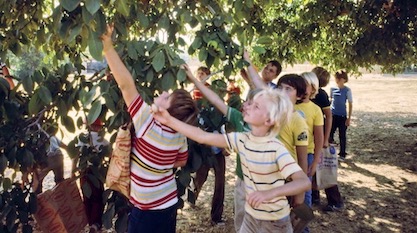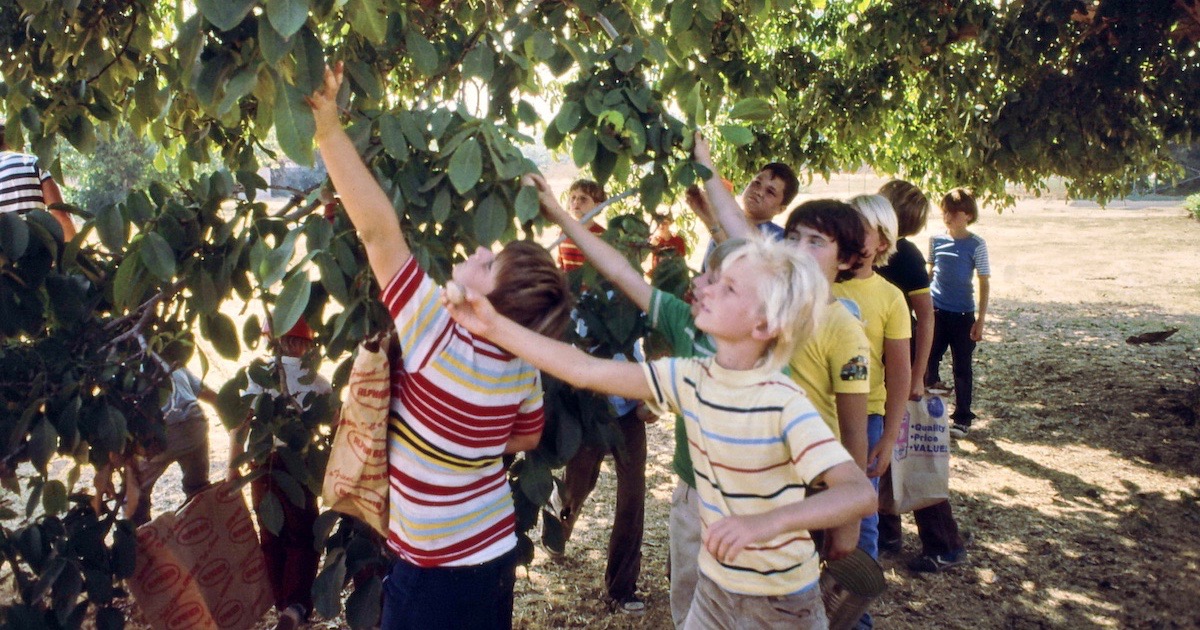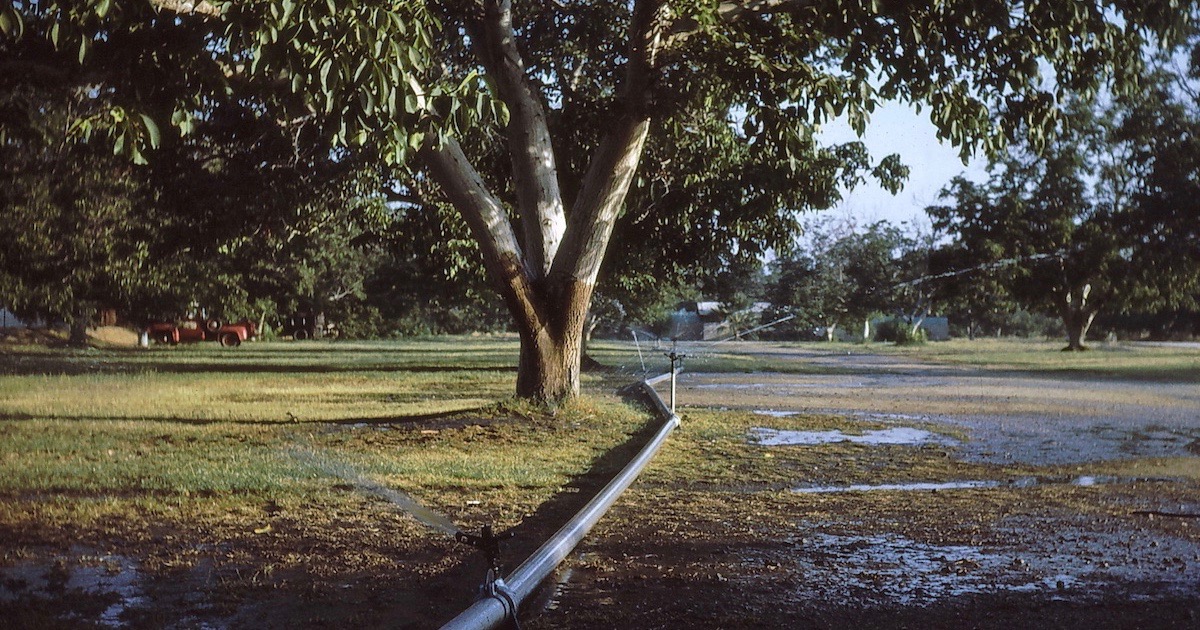 Intelligent Design
Intelligent Design
 Life Sciences
Life Sciences
Walnuts: Intelligent Design in a Nutshell — Literally


Thank you to Paul Nelson who points out a paper in Advanced Science that is both nutty and not nutty at the same time — nutty, because it concerns walnuts; not nutty, because there is nothing silly or unintelligent about the way walnut shells are designed.
“The outer protective shells of nuts can have remarkable toughness and strength,” say Sebastian Antreich and six others in the paper. Considering that walnuts are widespread and commercially important, they decided to look at the nuts in detail. They found a unique architecture in the shell called “interlocked packing” that resembles a 3-D puzzle.
The outer protective shells of nuts can have remarkable toughness and strength, which are typically achieved by a layered arrangement of sclerenchyma cells and fibers with a polygonal form. Here, the tissue structure of walnut shells is analyzed in depth, revealing that the shells consist of a single, never reported cell type: the polylobate sclereid cells. These irregularly lobed cells with concave and convex parts are on average interlocked with 14 neighboring cells. The result is an intricate arrangement that cannot be disassembled when conceived as a 3D puzzle.
This architecture yields a strong, lightweight material of interest to engineers.
Mechanical testing reveals a significantly higher ultimate tensile strength of the interlocked walnut cell tissue compared to the sclerenchyma tissue of a pine seed coat lacking the lobed cell structure. The higher strength value of the walnut shell is explained by the observation that the crack cannot simply detach intact cells but has to cut through the lobes due to the interlocking. Understanding the identified nutshell structure and its development will inspire biomimetic material design and packaging concepts. Furthermore, these unique unit cells might be of special interest for utilizing nutshells in terms of food waste valorization, considering that walnuts are the most widespread tree nuts in the world. [Emphasis added.]
An animation movie embedded in the paper illustrates the interlocked packing. Now you know why these nuts sometimes require a hammer to open. There are no layers to peel away like an onion. Instead, the whole shell is held together by interlocking pieces, like a 3-D puzzle.

Biomimetics
Materials scientists are interested in how biological materials work. Tooth enamel and nacre (mother-of-pearl) are hard like glass, but not brittle. Barnacles make an adhesive that works underwater. Spiders make silk that is flexible but as tough as steel. Understanding these materials, and many others, requires intense observation with cutting-edge technology before engineers can imitate them. In the humble walnut, we find another material that offers “high resistance to crack propagation, large energy absorption capacity, and remarkable tolerance to local failures.”
The insights these scientists gained by looking at the cellular packing in a walnut shell promise two benefits to people: (1) tough, lightweight material made by imitating the 3-D structure, and (2) “valorization” or higher use of existing shell waste by adding it to particle boards and other construction materials to increase its density and strength. That’s certainly a smarter use than burning the shells. Environmentalists will appreciate this more sustainable use of biomaterial.
Development of the Shell
How does the walnut tree build its puzzle? After fertilization of the hanging clusters of flowers that drape down under the opposite-compound leaves, seeds begin to form. The shells begin to develop inside hard green husks that will split open upon ripening. At first, the the sclerynchyma cells appear rounded, but as they grow, the cell walls show perforations. Out of the perforations, the cells bulge outward with usually about 14 protrusions, creating complex 3-dimensional shapes resembling 14-sided figures called tetrakaidecahedrons. These form the “unit cells” of the puzzle. Neighboring cells fit into the spaces between the protrusions with their own protrusions, interlocking into a tight, interlocking arrangement. Meanwhile, the seed develops into its characteristic wrinkly, bi-lobed shape, supported by thin walls in the center of the shell.

California grows 99 percent of walnuts cultivated in the U.S., says Phys.org. The walnut genome was deciphered earlier this year. English walnuts, prized for their large, flavorful nut meats, are usually grafted onto black walnut stocks, which have hardier roots and are more resistant to disease. The domesticated English nuts, however, are more susceptible to insect attack, particularly by ants. Black walnuts, which grow wild in California, are very tough. Sometimes their husks fail to open. Even when they do, they resist the blows of a hammer. Those polyhedral puzzles are very protective!
Health Benefits of Walnuts
Walnuts are very nutritious. They contain iron, selenium, calcium, zinc, vitamin E, and some B vitamins. The BBC says they also contain “good” fats that help reduce oxidative stress in the brain. Additionally, they contain “other important nutrients such as vitamin E, folate and ellagic acid” which “are all found in walnuts and also contribute to neuroprotection and memory function.” They might even boost your mood. Energy-rich but not high in calories, they can help maintain weight while simultaneously enriching the gut biota.
These healthy nuts also offer protection. Penn State found this year that “Walnuts may help lower blood pressure for those at risk of heart disease.” Another study at the University of Connecticut finds that “Walnuts show protection against ulcerative colitis.” California’s Walnuts.org provides a booklet on “Simple ways to use walnuts.”
Other Benefits of Walnuts
Architects prize walnut wood as building material. “Well known for its characteristic dark coloured wood with attractive grain patterns,” Liberon Lumber says, “walnut is a dense and strong wood that is highly desired for expensive furniture and carpentry.”
Walnut trees are also beautiful shade trees, with wide leaves letting a little bit of dappled sunlight through. Birds love them for nesting their young. And for children, the walnut tree’s sturdy limbs, branching out in all directions, make for excellent climbing practice.

Burly Good
The stately English walnut trees with their thick, white trunks provide another unusual benefit to man: furniture and fine art. Some walnut trees respond to mold or insect infestations at ground level by growing thick, dark “burls” around the site of injury, surrounded by tough bark. Walnut burl wood, with its deep red color and complex swirled grain, is highly prized for making coffee tables, guitar inlays, gun stocks, jewelry and other artistic creations. Some burl items can cost hundreds or thousands of dollars. Walnut trees are good for the economy!
So what’s not to love about walnut trees? They provide nutrition, art, exercise, shade, lumber, and now another benefit: a biomimetic model for materials science. Like the Moringa tree discussed in an earlier post, some plants seem to give much more than they take to for mere survival. It fits with the ID view that a designer had the Foresight to equip the world with good resources that would be needed and appreciated by the most exceptional beings of all: humans. A friend of Evolution News grew up on a ranch with a walnut grove and supplied the wonderful accompanying photos. Enjoy!
